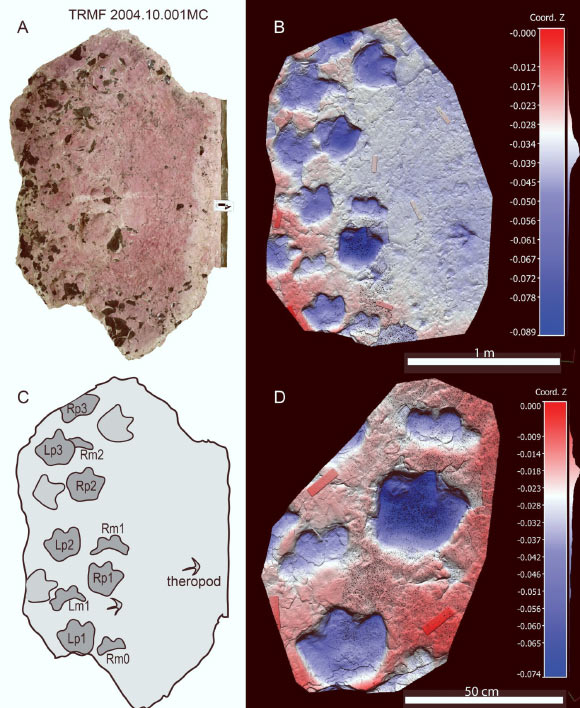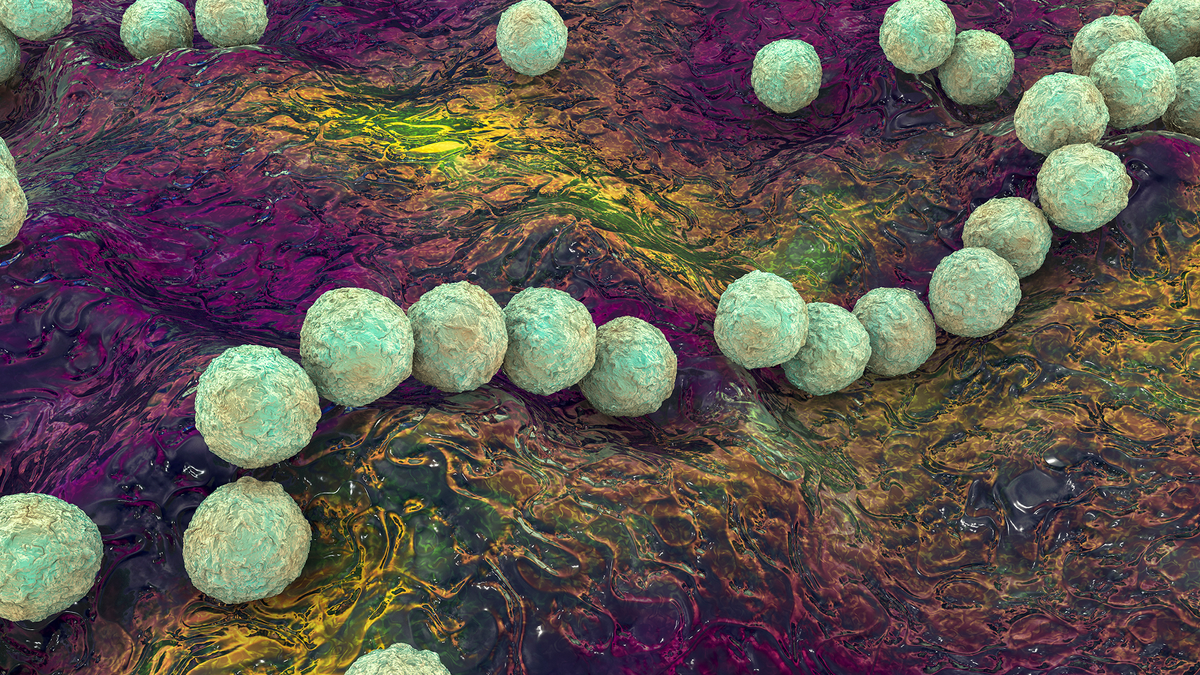Now Reading: Asteroid 2024 YR4 Traced to Main Belt Origins
-
01
Asteroid 2024 YR4 Traced to Main Belt Origins
Asteroid 2024 YR4 Traced to Main Belt Origins

Swift Summary
- Asteroid Discovery: Near-Earth asteroid 2024 YR4 was discovered on December 27, 2024, by the Asteroid Terrestrial-impact Last Alert System (ATLAS).
- Close Approach to Earth: The asteroid passed within 0.017 AU of Earth during its initial approach.
- Impact Risk Notification: In January 2025, its potential impact probability with Earth rose above the international Asteroid Warning Network (IAWN) threshold but fell below 1% by February. A small chance remains for an impact with the Moon.
- Physical Characteristics:
– Diameter estimated at about 30-65 meters (98-213 feet).
– Classified as an S-type asteroid composed of silicates.
– Rapid rotation period of approximately one rotation every 20 minutes.
– unusually flat, hockey-puck-like shape-distinct from typical potato or toy-top shapes of asteroids.
- Possible moon Impact Effects: If it strikes the Moon, it could offer new insights into crater formation relative to asteroid size.
- Orbital Origins: Likely originated in the Solar system’s main asteroid belt and reached near-Earth orbit through gravitational interactions with Jupiter.
Image:
!gemini South telescope image
Indian Opinion Analysis
the discovery and detailed analysis of near-Earth asteroid 2024 YR4 exemplify advancements in planetary defense and astronomical research tools like GMOS on Gemini South telescope. Identifying composition, shape, and trajectory contributes vital knowledge about objects that pose potential hazards to celestial bodies.While direct risk to earth has diminished below critical thresholds for this object, its possible impact on the Moon requires continued monitoring.
India’s involvement in global initiatives such as planetary defense underscores how cooperative scientific endeavors enhance preparedness against future threats from space. Learning from occurrences like these allows nations worldwide-including India-to better integrate aerospace technologies into mitigation frameworks for asteroids with unpredictable trajectories. The ongoing classifications and analyses may also refine India’s trackable systems as part of larger international networks such as IAWN.


























